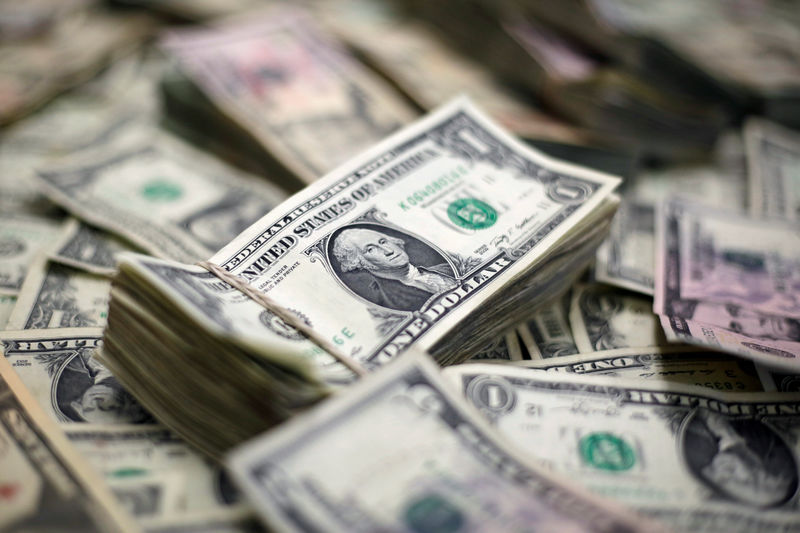Investing.com -- Most Asian currencies fell on Tuesday as disappointing Chinese trade figures weighed on sentiment, while the dollar advanced amid uncertainty over the Federal Reserve and anticipation of key inflation readings this week.
Government data showed that both Chinese imports and exports shrank at their fastest pace since the 2020 COVID-19 pandemic, pointing to continued weakness in Asia’s largest economy as it struggles to stimulate growth.
But the Chinese yuan strengthened 0.3%, aided largely by a stronger-than-expected daily midpoint fix from the People’s Bank of China. Markets are also awaiting data on Chinese inflation on Wednesday, which is expected to have remained muted in July.
Most China-exposed currencies retreated on Tuesday, given that worsening trade conditions in China bode poorly for the broader Asian economy.
China-exposed currencies hit by weak trade data
The South Korean won shed 0.6% after the Chinese reading, while the Taiwan dollar lost 0.2%.
The Australian dollar, which is also highly sensitive to Chinese trade, sank 0.5% after the data, also coming under pressure from a private survey showing that consumer sentiment worsened in August.
Among Southeast Asian countries with large trade exposure to China, the Malaysian ringgit and Singapore dollar sank 0.3% each.
China is a major trading partner for most of Asia, with a demand slowdown in the country presenting future export weakness for several East and Southeast Asian countries.
Among broader Asian currencies, the Japanese yen slid 0.6%, coming under pressure from a stronger dollar, while stronger-than-expected wage growth data also pushed up bets that the Bank of Japan will tighten policy this year.
The Indian rupee was slightly higher ahead of a Reserve Bank meeting on Thursday, where the RBI is expected to keep interest rates on hold.
Dollar strong ahead of CPI data
The dollar firmed in Asian trade, extending overnight gains as markets positioned for a potentially stronger consumer price index reading this week.
Some hawkish comments from Federal Reserve officials also aided the greenback, as Fed Governor Michelle Bowman said that more rate increases will be needed to curb high inflation.
The dollar index and dollar index futures rose 0.3% each, while U.S. Treasury yields also pushed higher.
